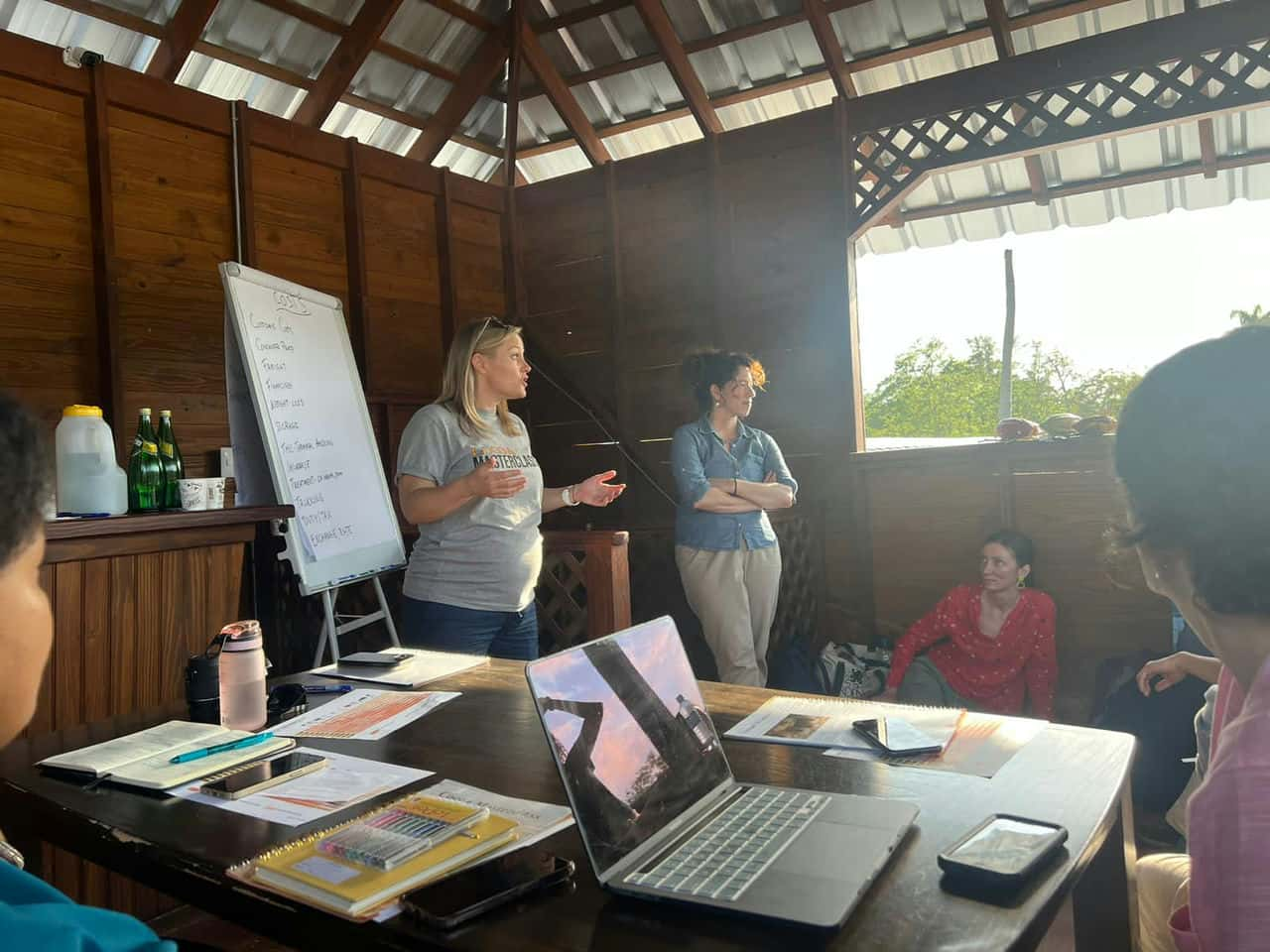
Each Cocoa Masterclass course starts with History and Botany classes.


To understand “cocoa” as a food, drink, or marketable product of any type, we must first become acquainted with the genus Theobroma, and then with the unique attributes of the species cacao. Our starting point is the fact that this species evolved in a specific environmental context – the Amazon basin. From there, we expand our understanding to the botanical relationships that make up any cocoa growing system, and the specificity of those relationships across geographical contexts.
Studies of cocoa and chocolate history often start with the “firsts”: the first namings or uses of Theobroma cacao; inventions of machines or chocolate types. In the Cocoa Masterclass History class, we also start with a list of firsts: 30+ historical cocoa and chocolate moments that give us food for thought. We are not at all interested in memorizing the list, or discussing every item on it. Even less are we interested in poking holes in the list and having a “fact war” about dates or names. Instead, we spend our time asking why those moments appeared on our list. Why did any particular incident, invention, or innovation matter? Does it deserve to be on a cocoa and chocolate history timeline? Why do we even care about “firsts”? And, while we are at it, who created this list and why?